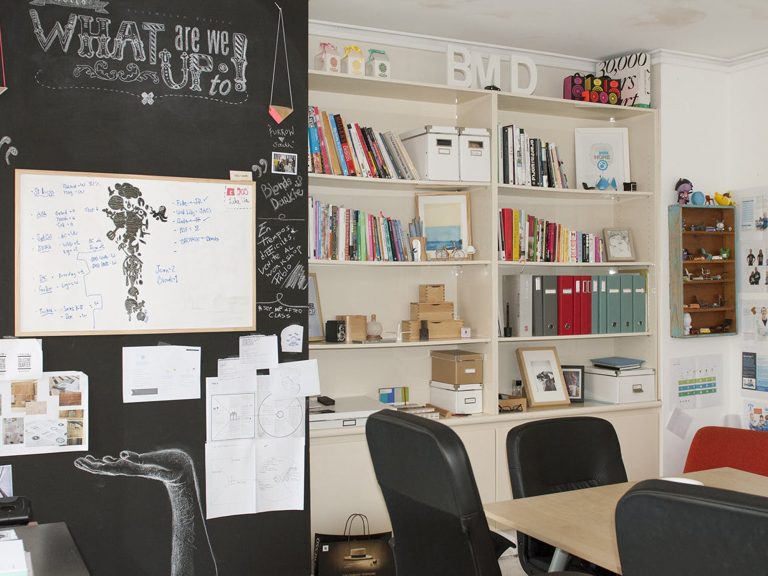The rise of the freelancer

The rise of the freelancer – which has seen the number of independent contractors across Australia reach more than one million in recent years – is playing a big role in the country’s shift to co-working.
That’s according to Tim Mahlberg, a PhD candidate in business information systems at the University of Sydney, who looked at freelancing in a recent report about the Australian co-working industry.
In the report, Mahlberg and co-author Kai Riemer, a professor of information technology and organisation, cited Australian Bureau of Statistics data showing freelancers “now make up 10% of all employment”; a quarter in the professional services space.
They also quote evidence of a continuing trend towards part-time employment, which exceeds growth in full-time jobs. “Overall, it has been estimated that around one-third of the Australian workforce performs some form of freelance work,” Mahlberg writes.
These factors combine to makes freelancing a key driver in the current transformation of work and workplaces, he says. And it’s not just individuals and sole traders creating change.
“Large professional service organisations, such as Deloitte Australia, recognise that freelancers, contract and independent workers are becoming a more sizeable part of the workforce, boosting organisational capability.
“Engagement with this ‘contingent workforce’ allows large organisations the ability to respond more flexibly to their clients’ needs,” Mahlberg writes.

Freelancers now make up around 10% of the working population. Picture: Getty
Read more about how to start a small business.
The workers of the future – millennials, and younger– also have a “strong preference” for freelance work, as they see the clear benefits of flexibility and job satisfaction.
“Co-working spaces have become an integral part of this shift to more flexible and independent work arrangements. They offer a work community that increases the chances of securing business through a professional network and word-of-mouth referrals,” Mahlberg writes.
“They further reduce the financial barriers for freelancers and small businesses to set themselves up in proximity to where their target clients reside or work, in cities and large regional centres.”
The digital revolution is also playing a part. “Digital technologies, such as mobile devices and social media, increasingly shape where and how work gets done, and even what counts as work in the first place,” Mahlberg writes.
“Emerging new technologies are bringing down the costs of setting up a small business through the proliferation of DIY websites, social media for communication and online business services such as banking.
“It has never been easier for professionals to set themselves up to work independently outside of the confines of a large organisation, which is spurring a rise in freelancing.”







